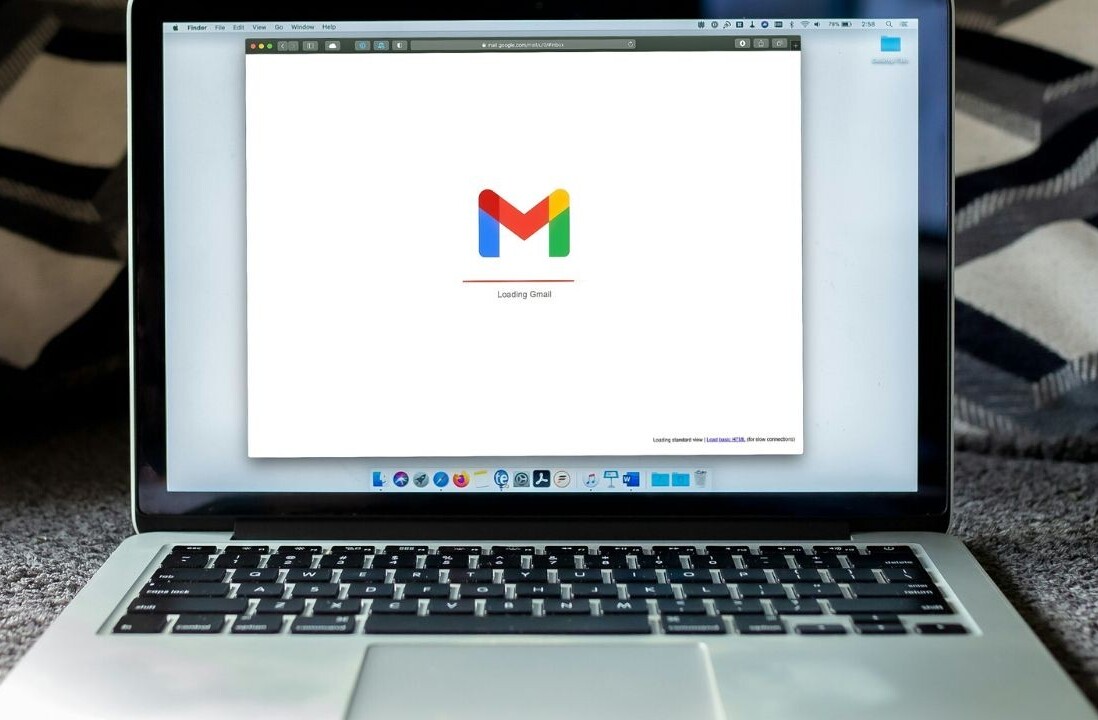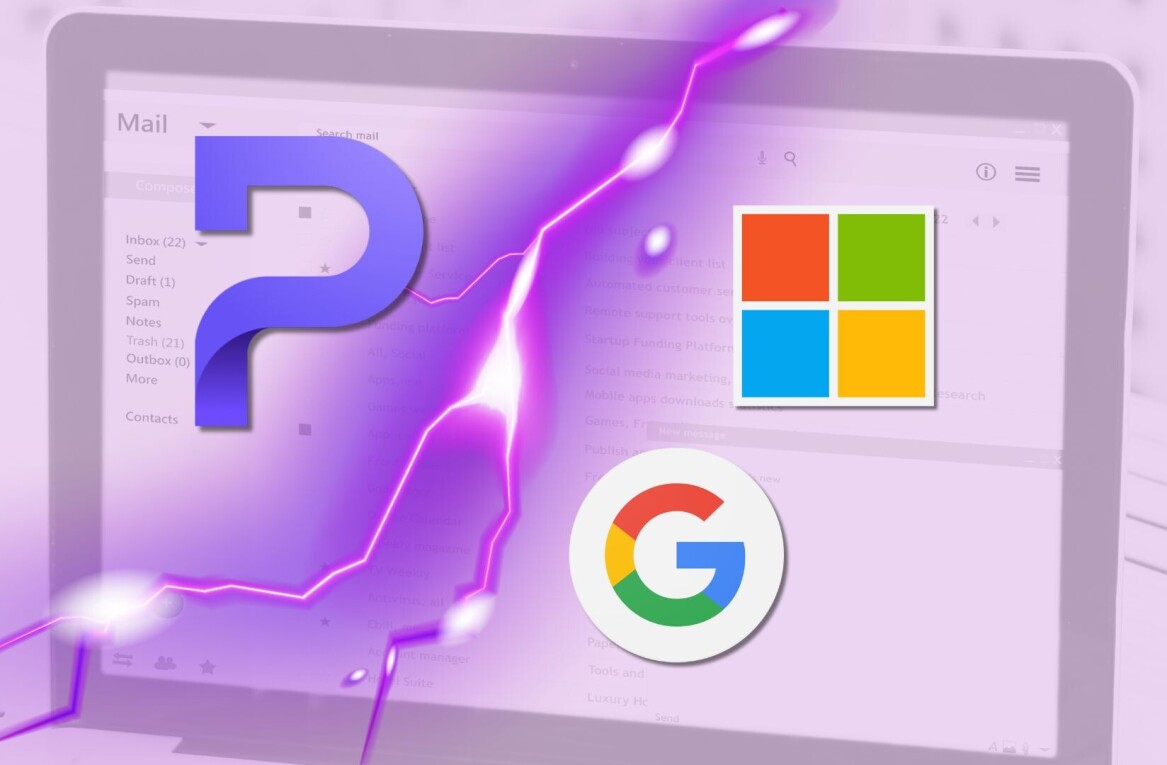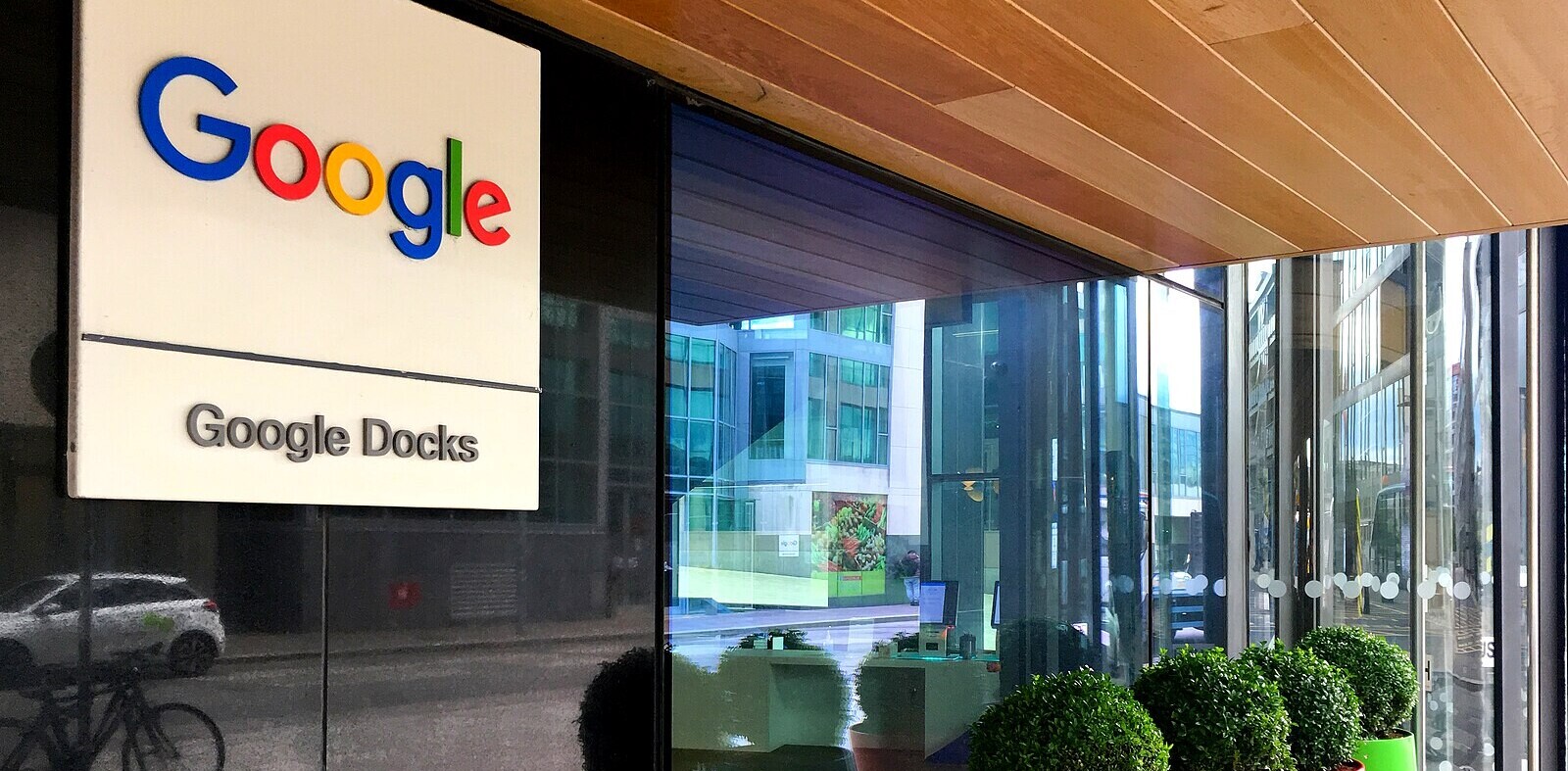
Rebecca Moore will be joining us during our TNW 2020 conference, speaking about Google Earth, geographical data, and how it leads to climate awareness. If you want to know more, you can check out her session “Turning geographical data into climate action and awareness.” Find out more information about the different conference tracks here.
We all know the world is changing, at least in the abstract. But it’s hard to visualize because we have such a limited view of it in our day-to-day lives. We don’t see how mountains, oceans, and forests change over the course of decades because our human perspective is so miniscule. It’s thanks to the likes of Google Earth and satellite imagery that we can even properly see the world in its scope. And Google’s using those decades of visuals to show you exactly how Earth changes — as that’s how we know exactly what kind of impact those changes are having on us, and vice versa.
Rebecca Moore, the director of Google Earth and Google Earth Engine, told TNW that the problem isn’t a lack of data. As she puts it, there’s a flood of data, but it’s not actionable. “It’s overwhelming,” she said. But Google Earth Insights is helping break that down into data we can actually use.
Google Earth was recently used to provide useful information about the California wildfires, with data from the National Oceanic and Atmospheric Administration’s GOES satellites being processed by Earth Engine and displayed on both Google Maps and Search in near real time. This, Moore says, is an example of Google Earth “helping keep people safe, and making that really accessible to people through products like Google Maps, that a billion people use.”
But it’s not just officials or emergency workers who can use the data to make changes. As Moore says, “Anyone can go in and use it as a canvas… you can capture and document something you think is important for people to understand.” One example she gives is indigenous communities, which have used Google Earth to map the places they care about which have come under threat. One of Google’s success stories is its partnership with the Surui tribe of the Amazon — Chief Almir Narayamoga Surui personally met with Moore to propose the alliance. The Surui would use Google Earth’s mapping tools to provide more insights into the region, while Google would provide the Surui with insights on illegal logging in the region.
As Moore puts it, Google Earth benefits the ordinary person to by feeding insights to their policy-makers in addition to helping them see the world for themselves. “Their governments are being empowered by the data, and they can see it themselves as well, to improve how we live on this planet.” Moore quotes Jane Goodall: “Only if we understand, can we care. Only if we care, will we help.” Seeing the changes in our planet is what motivates us to do anything.
If you’d like to hear Moore speak more about how to turn all this data into climate action, tune into her talk during TNW 2020. You can get your (free) ticket here.
Get the TNW newsletter
Get the most important tech news in your inbox each week.




